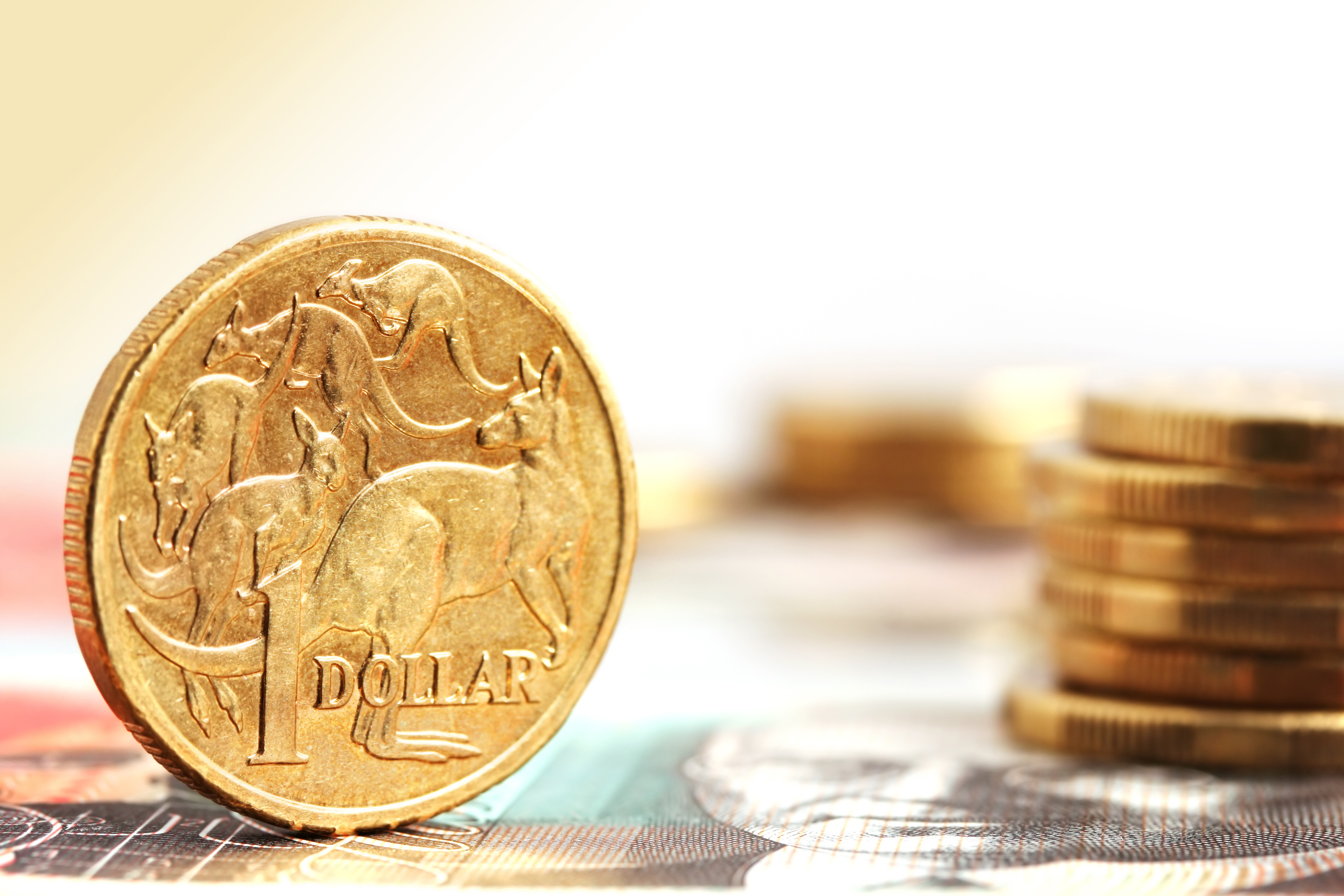Australians are focusing on value and convenience even as lower fuel prices and income tax cuts lessen the pressure on essential spending, new numbers show.
People aged 18 to 29 have cut back on spending by two per cent in the past year, with both essentials (-2.3 per cent) and discretionary (-1.9 per cent) spending down, according to the latest CommBank iQ Cost of Living Insights analysis.
In the same timeframe, 30- to 39-year-olds reduced essentials spending by 1.1 per cent, and one per cent for discretionary spending.
READ MORE: ‘Methanol’ laced drinks blamed as Aussie girls struck down in Laos
Highlighting the ongoing generational spending gap, people aged 60 to 69 increased spending by 3.9 per cent, and over-70s did by 7.7 per cent.
“Lower petrol prices and government energy relief programs have eased the pressure on essential spending and July’s income tax cuts have increased take-home pay for many Australians, however there continues to be a discrepancy between the spending power of older and younger Australians,” CommBank iQ head of innovation and analysis Wade Tubman said.
“In fact, we’ve seen those all the way up to 40 years old cut back on spending, highlighting the large swathe of the population feeling cost of living pressure.”
READ MORE: Threat of shortages at Woolworths stores from warehouse workers’ strike
Overall, spending on essentials has halved in the past year, with petrol prices and utility expenditure shrinking.
However, insurance, medical, and education spending continued to rise.
People also spent 20 per cent more on online marketplaces, six per cent more on food delivery, 13 per cent more on streaming services, and six per cent more on discount stores.
READ MORE: Man denies murdering his mother to claim life insurance policies
“Cost-conscious Australians continue to make trade-offs in the current environment,” Tubman said.
“The fact that spending has increased on food delivery and streaming services suggests consumers are foregoing meals out to treat themselves at home.
“Consumers are also opting for discount purchases online, reflecting an environment of belt-tightening.”
Regional Australians continue to spend more than their metropolitan counterparts, which was put down in part to lower property and rent prices outside the big cities.
On a state-by-state basis, Western Australia experienced the highest growth in spending at 3.1 per cent, driven by leisure and travel spending, followed by Queensland with 3.9 per cent growth.
In contrast, Victoria reported the lowest spending growth at 0.4 per cent as households continue to exercise spending restraint.
DOWNLOAD THE 9NEWS APP: Stay across all the latest in breaking news, sport, politics and the weather via our news app and get notifications sent straight to your smartphone. Available on the Apple App Store and Google Play.


